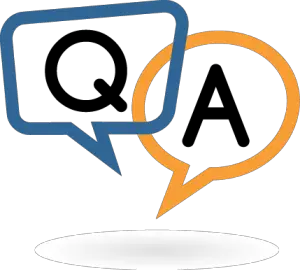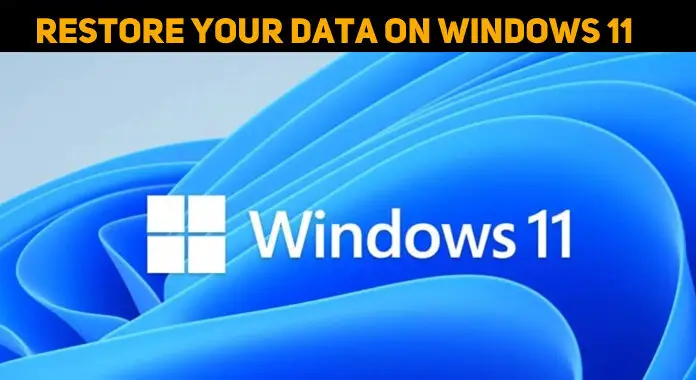What does System Restore really do?

Hi August,
System restore, to some extent, can be quite a mysterious thing.
Here are the answers to your questions and more information to clarify and help you understand System Restore better.
1. Does using system restore make changes to my installed program which is installed after I set my restore point?
No, the system does not make changes to the installed application itself. However, it does make changes to the system files associated with the installed program like drivers registry and some settings. It also changes to other executable files, scripts, and batch files.
2. What is the thing that is being restored when I use it?
According to Microsoft, only Windows Registry, Local Profiles, COM+ Database, WindowsFileProtection.dll cache, Windows Management Instrumentation Database, Internet Information Services Metabase is restored.
3. Is it really recommended to use it when something is wrong with my system?
Yes, it is your first option if something goes wrong in your computer. However, you also have to weigh your options. If you think that the error in your computer is caused by a newly installed hardware or software, you can remove those first. Also, in instances where malware is the cause of the problem, you’ll need to do some other step or an antivirus to fix it and probably do a system restore after.
What would be the best scenario to use it?
If you install a program or hardware then your graphics become unstable or you get error messages here and there. Then you realize that the newly installed program or hardware has a problem or is incompatible to your machine’s configuration, so you remove it from your computer. However after rebooting the problem still persists, this means that there have been systematic changes made. If you use System Restore and restore it to a “point” before you installed the program/hardware, your problem will be solved.
4. When my system is infected by worms or virus and I use system restore could it be possibly deleted too?
Short answer: No.
Long answer: Possible.
In this case, it depends on the extent of the infection. Worms and Viruses can multiply themselves and affect many systems and saved files. If the virus or worm has only infected system files, which is highly unlikely, then there is a good chance that it’ll be deleted. However, as mentioned it is unlikely that only the system files have been infected by a virus or worm. Therefore, even if the system files have been restored to its uninfected state, the worms and viruses in other locations still exist and can still spread.
5. How about my save files, would it be affected and make any changes when I use it.
No, System Restore does not affect personal files such as documents, photos, videos, saved games, etc. It cannot put back those files to their original state in case they get deleted or corrupted. It recommended that you back up your personal files.
6. How much disk space does System Restore need?
At least 300 MB of free disk space is needed by System Restore to store restore points for Vista and Windows 7 and 400 MB for XP.
System Restore can use up to 12 – 15% of space in each disk. System Restore deletes older restore points to put in new ones depending on the disk space left.
7. Could I change the amount of disk space that System Restore is using?
If want System Restore to use less disk space: XP:
-
Go to Start > Control Panel.
-
Double click the System icon.
-
Click the System Restore tab.
-
Choose the drive you’d like to change the disk space and click Settings.
-
Move the slider to the space usage you want.
-
Hit OK.
Windows 7:
-
Click Start.
-
Right click the My Computer and select Properties.
-
On the left pane of the window select System Protection.
-
Choose the drive where you like to make a restore point.
-
Click Configure.
-
Move the slider to the space usage you want.
-
Hit OK.
8. When are the Restore Points created?
System Restore points are created Manually and;
Automatically when:
-
An unsigned device driver is installed.
-
There are programs and applications that used Windows Installer or Install Shield Pro to be installed.
-
When a System Restore to an earlier time is done. (In case the user decides to "undo" the restoration).
-
After an update to the Operating System.
-
When restoration is made using the backup tool.
-
Every 24 hours since the last Restore Point.
9. How to manually create a System Restore point.
Vista and Windows 7:
-
Click Start.
-
Right click the My Computer and select Properties.
-
On the left pane of the window select System Protection.
-
Choose the drive where you like to make a restore point.
-
Type something that will help you remember the reason for that restore point.
-
(e. g.: installed game. Update video card).
-
Hit "Create" XP:
-
Click Start > All Programs > Accessories > System Tools > System Restore.
-
Click “Create a restore point” and click Next.
-
Type something that will help you remember the reason for that restore point.
-
(e. g.: installed game. Update video card).
-
Hit "Create".
10. Can I turn off System Restore?
Although not recommended, you can turn off System Restore. This is usually needed when trying to clean a malware infection.
XP:
-
Click Start > Control Panel > System > System Restore tab.
-
Put a check on Turn off System Restore on all drives.
-
Hit OK.
Vista and 7:
-
Click Start > Control Panel > System and Maintenance > System > System Protection link.
-
Remove the check mark on the drive you’d like to disable System Restore on.
-
Click Turn System Restore Off.
I hope the answers and other information enlightened you in providing more knowledge on this great tool called System Restore.
Good luck.













